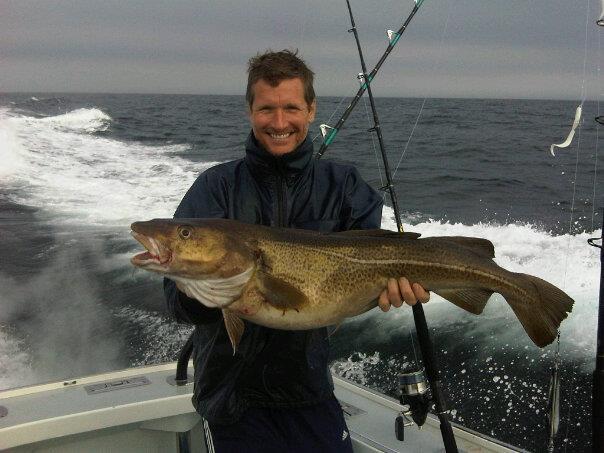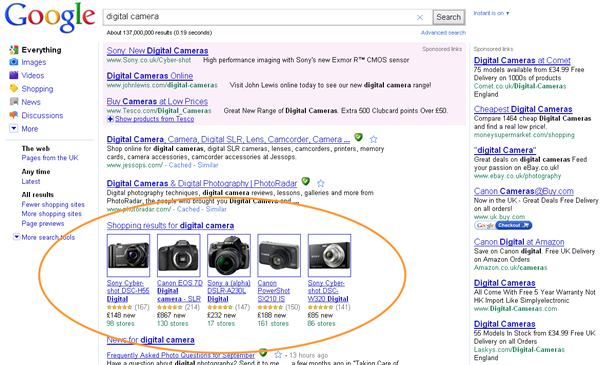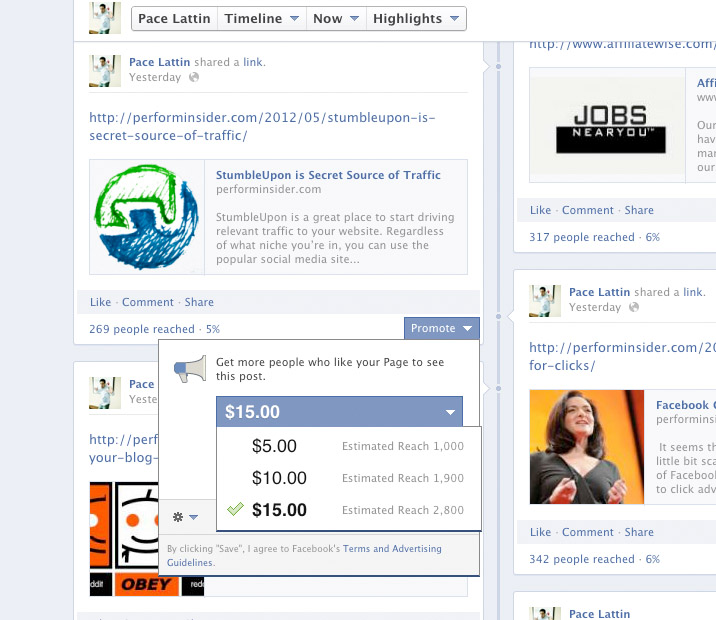If you are looking to spend millions of dollars in performance marketing, you better start with some idea how the industry works. Last summer Gannet, the enormous newspaper company entered the group buying world with DealChicken.com. Hoping to grow their market share as fast as possible, they enlisted the help of at least a dozen Cost-Per-Action affiliate networks to sign up new users on a performance basis. Unfortunately for them, it seems that they entered the market blindly, clueless how to run a performance based marketing campaign.
Because of that mistake, the company is reeling from the millions of dollars wasted and many companies are not being paid.
DealChicken had wanted to enter this already crowded market, believing they could position themselves differently because they already had enormous local market penetration via their local newspapers. Their press released billed DealChicken as:
… a unique, digital daily deals offering from Gannett that will provide consumers with great local deals and offers from local merchants in more than 50 markets across the U.S. by the end of the year…Deal sales and selection are done locally and are geared specifically toward the interests of local area residents.
They were certain that the site would explode overnight with their enormous reach. Unfortunately, despite good growth, the site at the start of 2012 had anemic growth and only was reaching approximately 400,000 users per month, according to Compete.com. Compared to Groupon’s 16M users, this was close to nothing. It was decided around that time that since Groupon had used performance marketing to grow significantly, that they should try performance marketing and buy users.
In April and May of this year, they started a multi-million dollar campaign with several CPA affiliate networks, paying per user that registered for the site. Impressed with the mass amounts of new users that were registering, they raised the price even more. They informed networks left and right that they were growing their budget and they needed more users.

There was no reason to think anything was wrong, that their plan wasn’t working. Traffic was growing significantly and in May Dealchicken.com had a huge increase of sudden traffic.
As mentioned, they had no idea how the the industry worked, no idea how performance marketing worked, at all. They were registering users en masse, which is what they wanted; but they had no metrics or ability to track those users beyond registrations. In cases like this, the least common denominator always applies: the users that register for anything almost always register, and quality users are targeted less and less.
As they raised the price, and had no oversight or expertise in the marketplace, more and more networks were brokering the offer to even more and more networks. With no knowledge about anything in the industry, their media buyers had no idea that even could happen. Even if they did, without training and insight into how things work in online marketing, especially performance marketing, they were absolutely uneducated in the possible downfalls of this model.
More users would equal more money, right?
Absolutely not. Every campaign must have metrics they follow and be able to quantify the value of each user. By analyzing those users, they can determine which methods of promotion work the best, or even provide filters and methods to ensure the best users are only signed up: those that actually convert, buy products and are genuinely interested in the product.
The buyers at DealChicken.com only saw the enormous growth of traffic from the performance based marketing methods, and had no idea that there was a negative side to their tactic.
In the end you probably guessed what happened: DealChicken had booked millions of dollars of performance-based advertising, and eventually noticed that despite the sign ups, income was not increasing. Many of the users were complete junk and there was no matching revenue to those users.
They immediately canceled all campaigns in the middle of May and stopped paying their bills, ceasing communication with their partners. It was obvious that the people in charge were rushing to make sure that their bosses didn’t notice the huge losses they were about to incur. Instead of honoring the agreements they made, the company is still sitting on millions of dollars of unpaid bills to CPA affiliate networks. It seems that they are trying to negotiate with the companies involved, hoping they can recover some of the money lost by their poor decisions before their investors and Board of Directors learns about the mistake.
DealChicken.com royally screwed up, and because of their failure to hire people who knew the industry, they are taking the easy way out by not paying their bills, or not paying them in full. They want to do what unfortunately to many companies do: which is take a retroactive approach to their advertising plans and fix a problem by ignoring the real issues that created it.
The real issues are simply that despite all the people who claim to be experts in online advertising and marketing, there are very few people who have knowledge and a real skill set to understand the performance marketing game.
The industry is specifically made to produce the MOST results, fast as possible, and if you don’t get that and don’t know how to react to it, you’ll be overwhelmed. Quality control and fraud protection are enormously important to start any campaign. More importantly is great insight into the industry, how it works, and the knowledge to make a campaign actually work for you. If you can bring people into your company who have knowledge on how to make things work, it’s a highly profitable and proven industry that can grow your company enormously. If you are like DealChicken.com and walking around like a… chicken with its head cuff off… you are slated to be slaughtered.
—-
Checkout LeapLab.
Leader in the Financial Affiliate Space since 1998






















